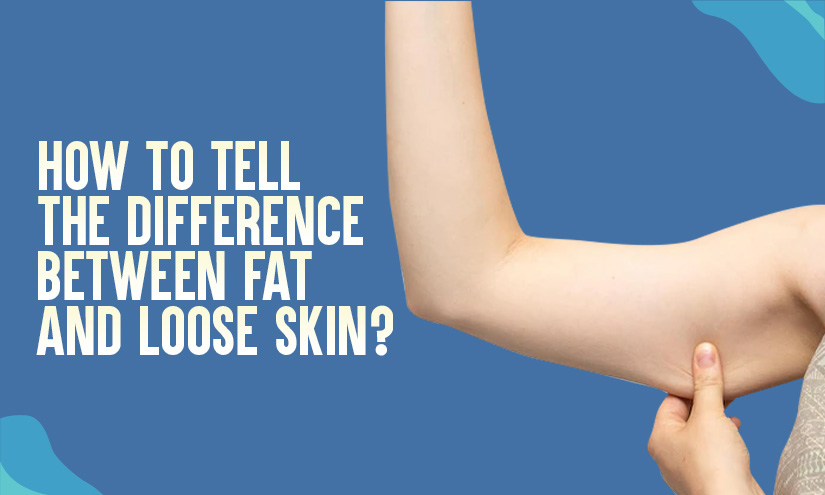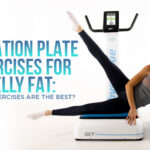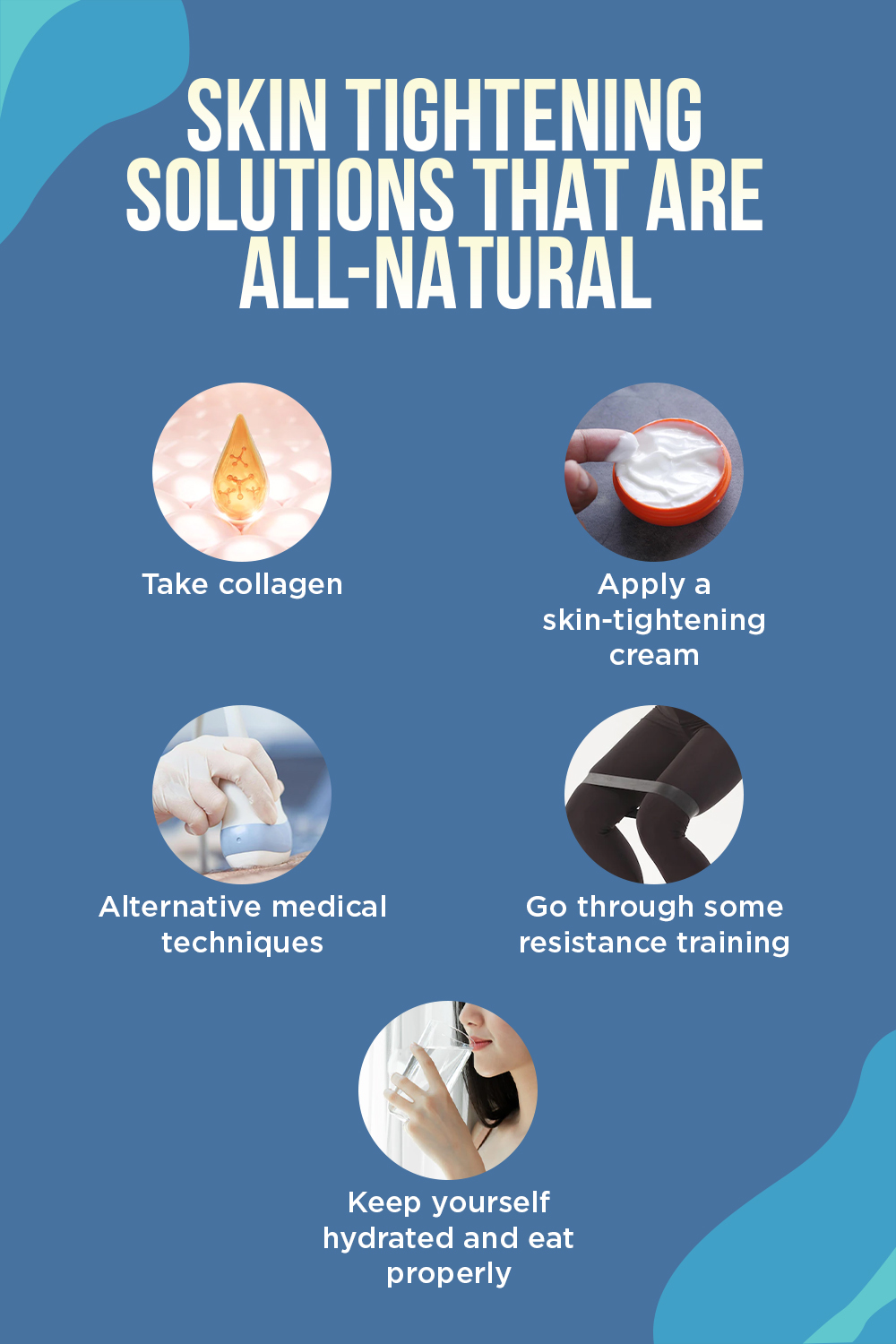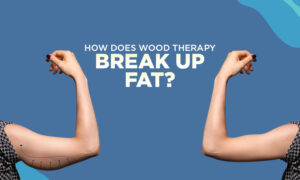How to Tell the Difference Between Fat and Loose Skin?

The primary distinction between loose skin vs fat is that the former can be easily pinched and pulled outwards, but the latter cannot be easily gripped and pulled in any direction. When they reach their target weight, many people find that they have additional skin or that their skin has become loose.
The appearance of obesity can be fooled by loose skin around the abdomen, arms, shoulders, or thighs. Fat refers to the extra subcutaneous fat in the body. It can be difficult to tell the difference between fat and skin that is loose.
People who have lost a significant amount of weight in a short amount of time are sometimes left with excess skin that has become loose and unattractive, giving the appearance that they have fat in the incorrect regions of their bodies. A straightforward examination can distinguish loose skin from fat.
How do you know if it’s fat or loose skin?
You are equipped with all of the knowledge that you require to differentiate between loose skin vs fat that is hanging on around your middle. Take a little piece of skin from the outside of your wrist or, if you’re feeling very delicate, the back of your hand.
When you squeeze those pinching fingers together, you’ll find that the skin in the space between them doesn’t have much substance. Pinch the loose skin anywhere on your body; however, it is much simpler to do so on your hands and wrists because these areas are more accessible.
Now, try to “pinch an inch” around your stomach and see if you can. Don’t be alarmed if you get more than an inch; when people sit for long periods of time, practically everyone, including supermodels and athletes, gets some form of a roll.
You’ll probably notice that your fingers aren’t anywhere near as close together as when you pinched flesh off the back of your hand or wrist.
The layer of subcutaneous fat that exists just underneath the surface of your skin is what you refer to as the extra “padding” that you have pinched up. This is a form of stored energy, and while having some fat on your body is essential to maintaining good health, having excessive amounts of fat, often known as being overweight or obese, poses a significant threat to one’s physical well-being.
Does loose skin from being fat go away?
Many people discover that they have more skin that is loose after they have had major weight loss. If the skin that is hanging loose about your body is causing you discomfort, you may choose to seek treatment for it.
When you lose a moderate quantity of weight to one that is not too significant, it’s possible that your skin will retract on its own. This is known as “skin retraction.” There is cause for optimism in the shape of natural remedies that can be performed at home.
If you have lost a significant amount of weight, however, you may require body-contouring surgery or another form of medical operation to get rid of loose skin or to tighten the skin that you already have.
Is it loose skin vs fat after weight loss?
The majority of the time, sagging skin is caused by an accumulation of excess subcutaneous body fat that is concealed by the skin. Because it is a “soft” fat, subcutaneous fat tends to be more pliable and jiggly, making it more difficult to differentiate from the skin. After a significant amount of weight loss, you may find that it is increasingly difficult to shed the residual fat as you get thinner.
When you lose a significant amount of weight, your skin may not retract back to your lighter body frame based on a variety of reasons including your skin type, age, genetics, and other aspects of your life. Both the location of your weight loss and the flexibility of your skin will play a role in the amount of sagging skin that you end up with after the process.
It is well known that aging brings with it a loss of skin elasticity, however this condition can also affect younger people. If your saggy skin has a thickness of more than a few millimeters, this indicates that you still have some body fat that needs to be eliminated.
Skin tightening solutions that are all-natural
People who have lost between a few and a few dozen pounds may benefit from the following all-natural therapies, which may increase the skin’s strength and elasticity.
Take collagen
Hydrolyzed collagen is extremely similar to gelatin in texture. The collagen normally found in animals’ connective tissues has been refined into this product.
Studies suggest collagen hydrolysate may have a protective impact on the skin’s collagen, but it hasn’t been evaluated in persons with loose skin due to considerable weight loss.
After 12 weeks of supplementation with liquid collagen, skin elasticity, texture, and hydration all improved dramatically in clinical research. Vitamins C and E were present in the drink, as well as biotin and zinc.
Hydrolyzed collagen is another name for collagen hydrolysate. The powdered form is widely available in health food stores and on the web. Bone broth is a common way to get collagen, and it also has additional health advantages.
Apply a skin-tightening cream
Collagen and elastin are common ingredients in “firming” lotions. Although using these lotions may provide a momentary improvement in the appearance of skin firmness, collagen and elastin molecules are too big to be absorbed through the skin in this manner. In most cases, the production of collagen must begin from the inside and work its way out.
Alternative medical techniques
Although body-contouring surgery is the most popular method for removing excess skin, there are less invasive methods that provide a lesser risk of problems.
- A radiofrequency ablation. Loose skin can be tightened using a variety of techniques, including infrared light, radiofrequency, and massage. Despite not being a weight-loss method, this treatment may help reduce localized pockets of fat.
- Ultrasound. There was no statistically significant improvement in loose skin after bariatric surgery among those who were treated with ultrasonography in controlled research. Some patients did see symptom improvement after receiving treatment.
These non-invasive methods may not be as effective as body-contouring surgery, but they carry fewer dangers.
Go through some resistance training
It is true that strength training on a regular basis is one of the most effective ways for individuals of any age to add muscular growth; this is true both for younger people and for older people.
Even though there isn’t much research on the topic right now, it’s possible that increasing the amount of muscle mass in your body could help improve the appearance of loose skin. This is true even if there isn’t much research on the issue right now.
Keep yourself hydrated and eat properly
There are specific nutrients essential for the synthesis of collagen and other skin structural proteins:
- Protein. Sufficient protein intake is essential for skin health. Collagen synthesis is directly influenced by the amino acids lysine and proline.
- Ascorbic acid. Collagen formation necessitates vitamin C, which is also useful for shielding skin from UV rays.
- Tocopherols and omega-3 fatty acids. Omega-3 fatty acids, which can be found in fatty fish, may offer anti-aging benefits by making the skin more elastic.
- Water. To some extent, skin health and attractiveness may benefit from maintaining an adequate water intake. According to research, women who drink more water throughout the day have healthier, more hydrated skin.
Soureces:
https://www.differencebetween.com/difference-between-loose-skin-and-vs-fat/#:~:text=The%20key%20difference%20between%20loose,thighs%20looks%20just%20like%20fat.
https://www.livestrong.com/article/521947-how-to-determine-if-i-have-fat-or-loose-skin-on-my-abs/
https://www.healthline.com/nutrition/loose-skin-after-weight-loss#TOC_TITLE_HDR_7














